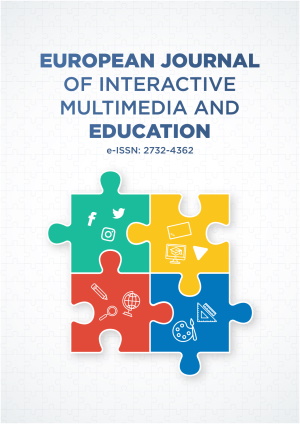Abstract
The outbreak of the coronavirus pandemic (SARS-COV-2) in December 2019 disrupted traditional forms of teaching and learning centred on face-to-face and in-class instruction. Governments enforced social distancing measures characterised by stay-at-home strategies and the closure of schools and other learning facilities. The government of Zimbabwe adopted radio broadcast as the primary tool for lesson delivery during the COVID-19. Contextually, Zimbabwe’s radio signals are only accessed by 29.1 percent of the entire population, with weak to no reception in some regions, especially those in the south. While radio access is low, mobile phone ownership per household is over 90 percent. In light of the contextual dynamics, the study examined available technologies to deliver educational content during the COVID-19 lockdown as the government declared radio broadcasts as the primary tool to support teaching and learning. The study utilised an adapted Technology Acceptance Model as the theoretical framework. Secondary school teachers from the southern region were drawn through random sampling to participate in the survey to gather their opinions and practices. The study results revealed that teachers preferred to use smartphones and computers/laptops for teaching rather than radio. The study identified barriers such as lack of infrastructure, cost of data, lack of connectivity, lack of access to computing devices, and the institution’s culture. The results could influence policymakers in adopting digital media for teaching, and this will equip learners with 21st-century skills. Continuous professional development of teachers should aim to improve their digital skills.
License
This is an open access article distributed under the Creative Commons Attribution License which permits unrestricted use, distribution, and reproduction in any medium, provided the original work is properly cited.
Article Type: Research Article
EUR J INTERACT MULTIMED ED, Volume 2, Issue 1, January 2021, Article No: e02105
https://doi.org/10.30935/ejimed/9684
Publication date: 04 Feb 2021
Article Views: 8340
Article Downloads: 8150
Open Access References How to cite this article
 Full Text (PDF)
Full Text (PDF)